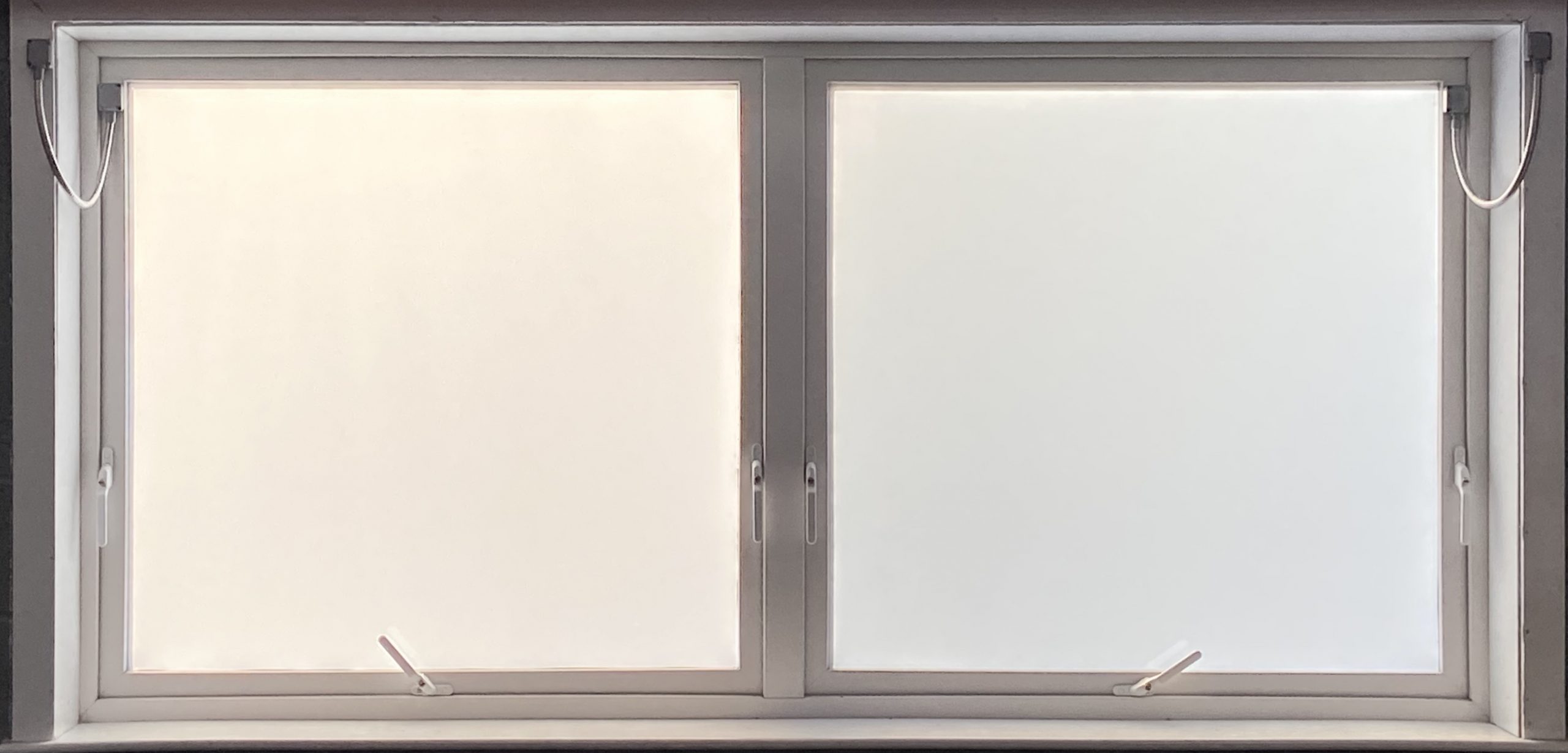Introduction
Smart glass has revolutionised the way we approach office interior design, marrying technology with aesthetics to create functional and captivating workspaces. In an era where modern workplaces are striving to balance comfort, sustainability, and innovation, smart glass offers a unique solution that elevates office interiors to new heights.
This blog explores the ins and outs of using smart glass to enhance office interior design, discussing its benefits, types, implementation, challenges, and future prospects.
Understanding Smart Glass
At its core, smart glass is a technological marvel that can switch between transparent and opaque states with the application of an electric current. This transformative feature allows office spaces to adapt swiftly to changing needs, ensuring privacy when necessary and openness when desired. By controlling the level of transparency, smart glass enables a dynamic environment that responds to natural light, reducing the reliance on artificial lighting.
Benefits of Using Smart Glass in Office Interior Design
Enhancing Natural Light and Flexibility
One of the most significant advantages of smart glass is its ability to enhance natural light distribution. Natural light has been proven to boost productivity and well-being among employees. With smart glass, offices can optimise daylight penetration, creating a brighter and more inviting atmosphere that positively impacts mood and energy levels. The flexibility of controlling transparency also lets employees customise their workspace, fostering a sense of ownership and comfort.
Creating Dynamic Workspaces
Gone are the days of static office layouts. Smart glass empowers designers to create dynamic workspaces that can be reconfigured in an instant. Whether it’s transforming a private cabin into an open collaboration area or dividing a large room into smaller meeting spaces, the adaptability of smart glass ensures that the office layout aligns with the ever-changing demands of the workforce.
Improving Energy Efficiency and Sustainability
Sustainability is a top priority for modern businesses. Smart glass plays a crucial role in achieving energy efficiency goals by minimising the need for artificial lighting and reducing heat gain. With its ability to regulate heat and glare, smart glass contributes to maintaining a comfortable indoor environment while lowering energy consumption. This, in turn, leads to reduced carbon emissions and operational costs.
Types of Smart Glass
Several types of smart glass cater to diverse design preferences and functional requirements:
Electrochromic Smart Glass
Electrochromic smart glass changes its transparency when a small electrical voltage is applied. This type of smart glass provides a seamless transition between transparent, tinted, and fully opaque states, offering privacy options without compromising aesthetics.
Thermochromic Smart Glass
Thermochromic smart glass responds to temperature changes, altering its opacity accordingly. It’s ideal for spaces where temperature control is crucial, such as glass walls that face direct sunlight.
Suspended Particle Smart Glass
Suspended particle smart glass utilises microscopic particles suspended in a liquid. When an electric current is applied, the particles align, allowing light to pass through. This type of smart glass is often used for projection screens or privacy glass.
Polymer Dispersed Liquid Crystal (PDLC) Smart Glass
PDLC smart glass contains liquid crystal molecules that disperse randomly when the glass is in its opaque state. When an electric current is applied, the molecules align, allowing light to pass through. This type of smart glass is commonly used for conference rooms and office partitions.
Incorporating Smart Glass into Office Design
Smart glass can be integrated into various aspects of office interior design:
Smart Glass as Privacy Partitions
Privacy partitions are crucial for creating personal spaces in open-plan offices. Smart glass partitions offer an elegant solution, allowing employees to switch between transparent and opaque states as needed.
Smart Glass in Conference Rooms
Conference rooms often require versatile settings. Smart glass can transform conference room walls into transparent surfaces during presentations and switch to opaque mode for private discussions.
Smart Glass in Collaborative Spaces
Collaborative spaces thrive on openness and interaction. Smart glass walls can foster collaboration by maintaining transparency when ideas are being exchanged and providing privacy during focused discussions.
Smart Glass for Exterior Windows
Exterior windows can be equipped with smart glass to manage sunlight and heat, improving the indoor comfort while reducing the need for HVAC systems.
Installation and Maintenance
Installing smart glass requires specialised expertise. Professionals install a wiring system that connects the glass to power sources. Maintenance involves keeping the glass clean and ensuring the wiring remains functional.
Cost Considerations
The cost of smart glass installation varies based on factors like the type of glass, size of the installation, and complexity of the electrical systems. While the upfront cost may be higher than traditional glass, the long-term energy savings often outweigh the initial investment.
Challenges and Limitations
Despite its numerous benefits, smart glass does come with challenges. Initial costs can be high, and technical glitches might disrupt functionality temporarily. However, these challenges are outweighed by the long-term advantages.
Future of Smart Glass in Office Design
The evolution of smart glass technology holds immense potential. Imagine interactive smart glass that displays digital content or glass that adjusts its opacity based on user preferences. As technology advances, smart glass will likely become even more integral to cutting-edge office designs.
User Experience and Employee Satisfaction
Smart glass directly contributes to a positive user experience. Its ability to adapt to individual preferences fosters a sense of control, making employees more comfortable and engaged in their work environment.
Comparison with Traditional Office Design
Compared to traditional office design, which often relies on static elements, smart glass offers unparalleled versatility. It seamlessly combines practicality, aesthetics, and technology to create a modern and inviting workspace.
Implementation Tips
- Assess Needs: Determine where smart glass would offer the most value, be it meeting rooms, communal areas, or private workspaces.
- Collaborate: Work closely with architects, interior designers, and technology experts to ensure a seamless integration.
- Employee Training: Educate employees about how to use smart glass effectively to maximise its benefits.
Conclusion
Smart glass has emerged as a game-changer in the world of office interior design. By seamlessly blending technology with aesthetics, it offers a host of benefits, from enhancing natural light and flexibility to improving energy efficiency and sustainability. As smart glass technology continues to evolve, its role in creating functional and inviting office spaces is only set to expand further.
Who We Are
Tecdur is the leading manufacturer of smart glass for the UK and Ireland. Tecdur Switchable Glass provides the best clarity, lowest power consumption and lowest haze currently available. We can offer a wide range of specifications to meet project requirements with our switchable glass, cost is dependent on specification, application and design. Please get in contact with us to discuss further.
Please visit our portfolio for a look at completed projects. Keep up to date on our LinkedIn Showcase page

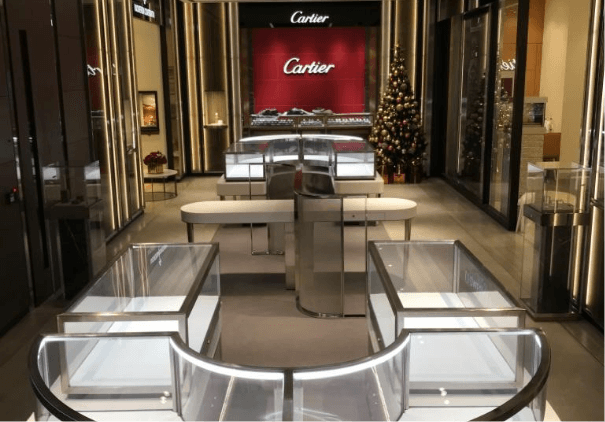
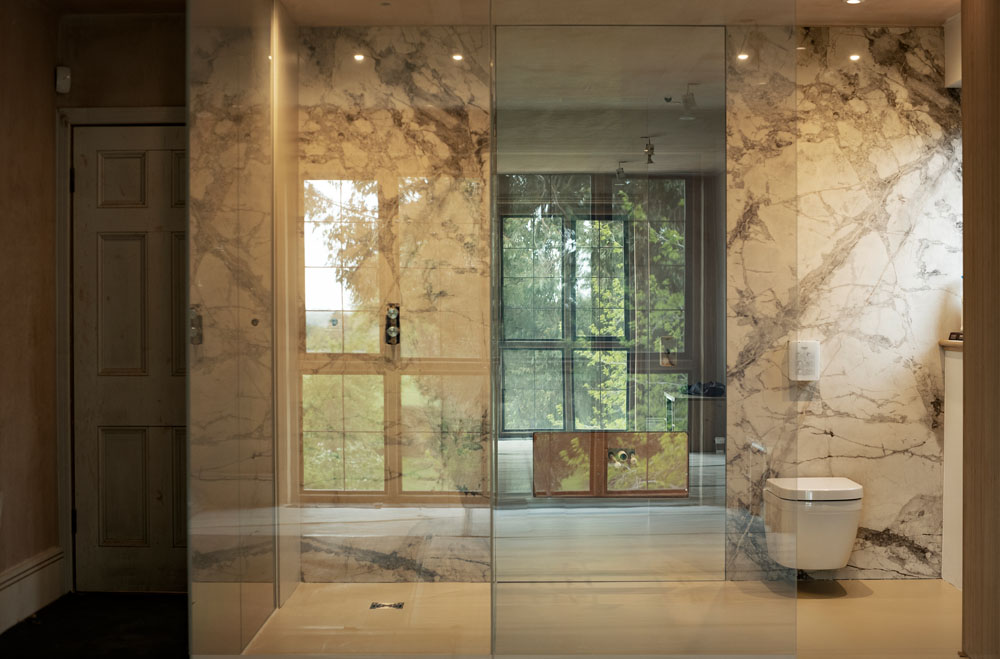
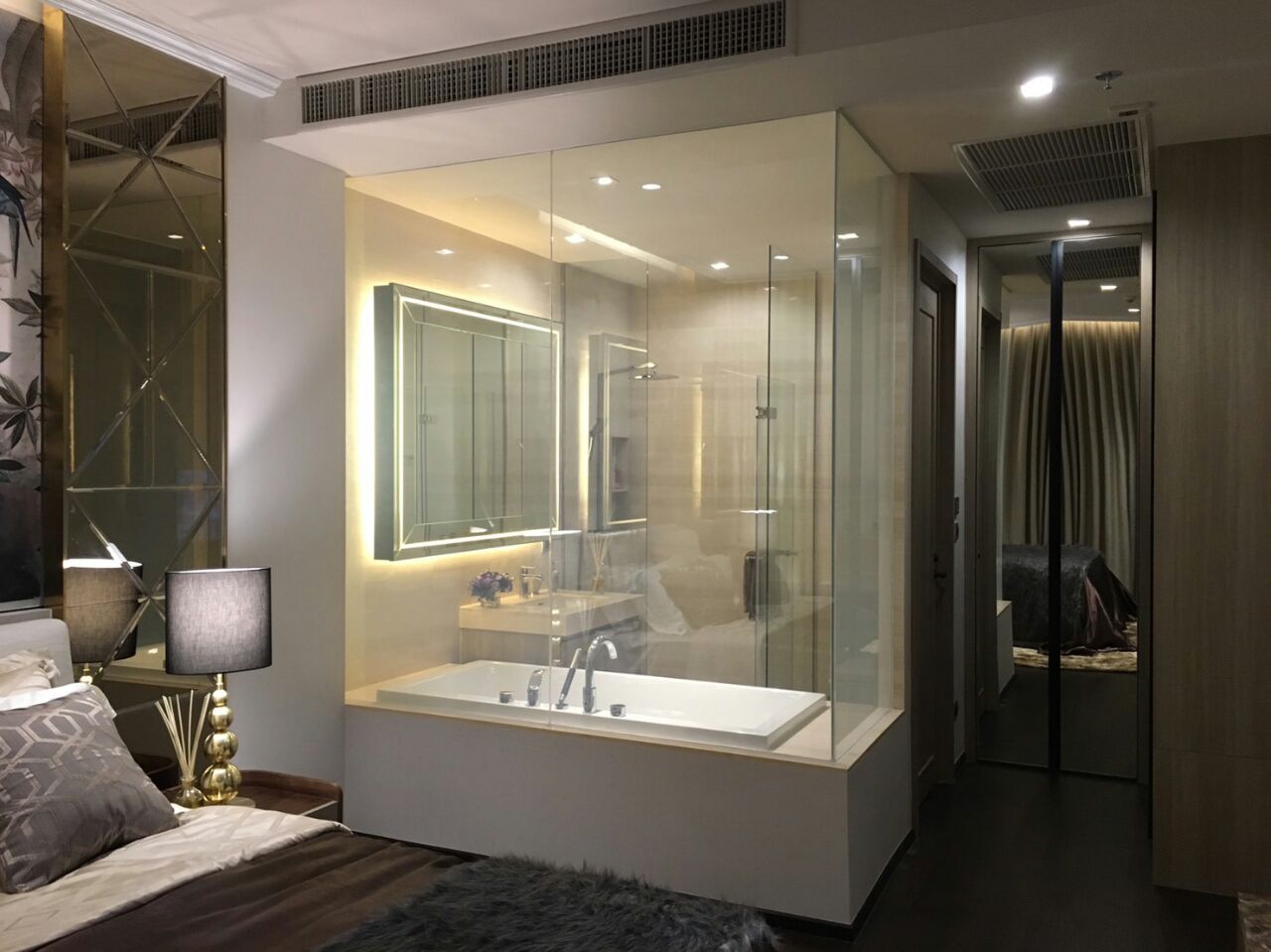
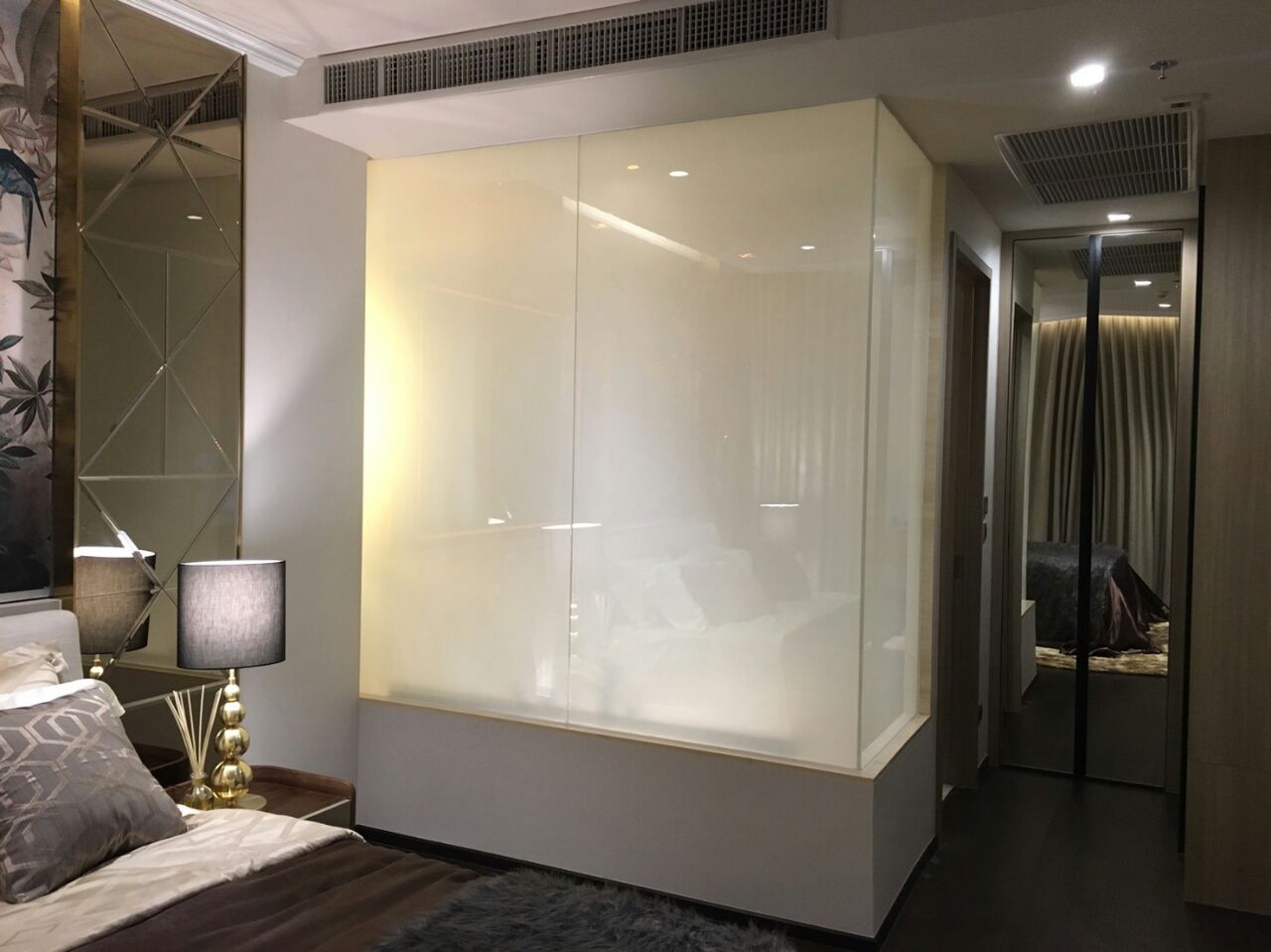
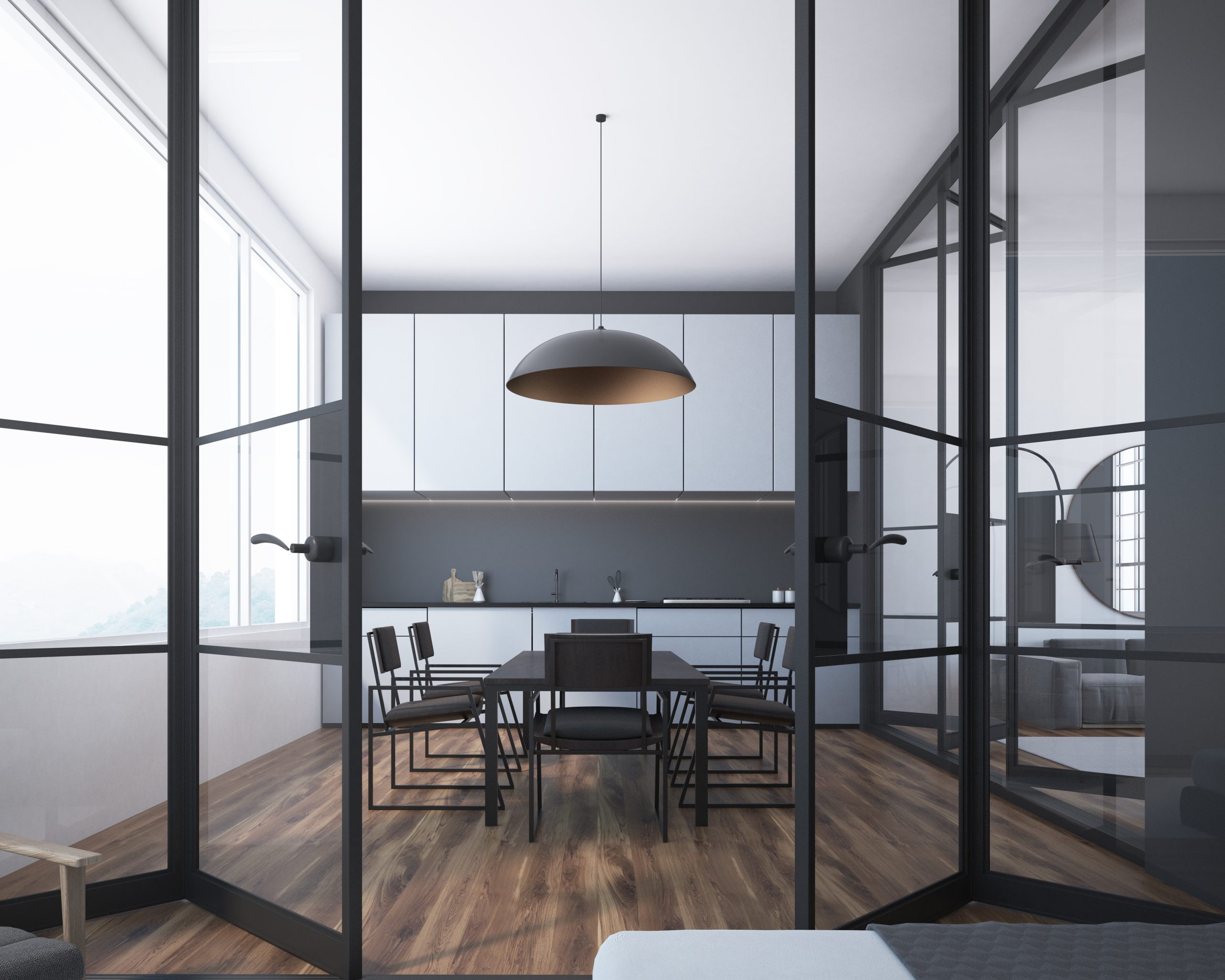
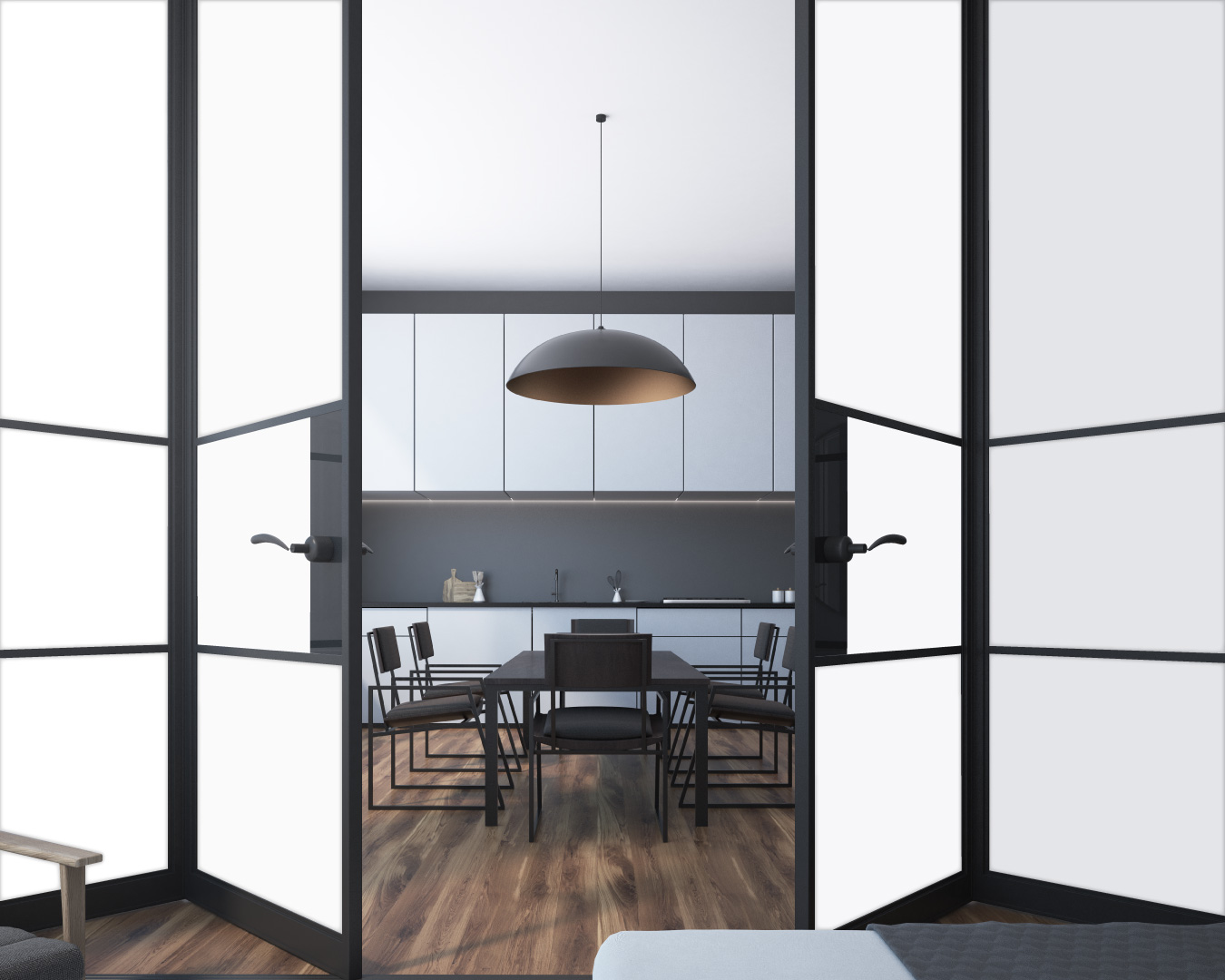
Frequently asked Questions
Our privacy glass works by utilising advanced PDLC (Polymer Dispersed Liquid Crystal) film. When an electrical current is applied, the liquid crystal molecules align, allowing light to pass through, making the glass transparent. When the current is switched off, the molecules mis-align, causing the glass to turn opaque or translucent, providing privacy.
Smart glass shower doors can be installed in most bathrooms, but it's essential to assess the structural feasibility and consult professionals for expert advice.
Yes, smart glass can be retrofitted into existing offices, but it might require some modifications to accommodate wiring.
Smart glass is energy-efficient in most climates, as it helps regulate heat and reduce the need for HVAC systems.
The cost varies widely based on factors like glass type and installation size.
Smart glass reduces energy consumption by utilising natural light effectively, leading to lower electricity usage and carbon emissions.
